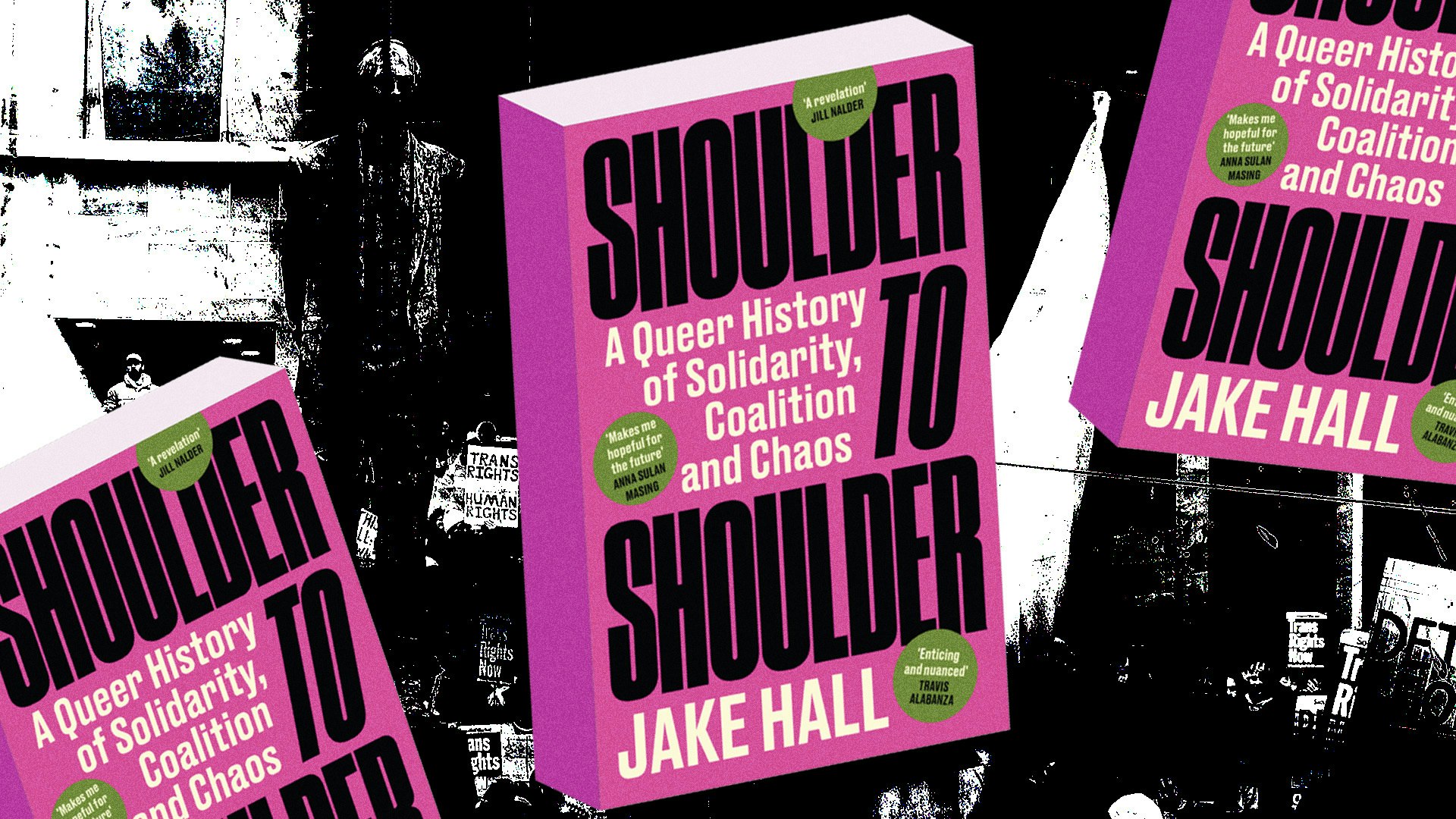“You asked why I chose you. I didn’t. You chose yourself,” Edward Snowden wrote to filmmaker Laura Poitras after they first made contact in 2013. He went on to share with her the biggest leak of classified US government information in history, which exposed the NSA’s staggering global surveillance network.
As Poitras started making a film about Snowden, journalist Glenn Greenwald turned Snowden’s classified files into the Pulitzer-prize-winning, biggest news story of the decade. Together they revealed that the NSA had accessed the phone records of millions of Americans, gained back-door entry into internet giants including Google and Facebook with its UK counterpart GCHQ, and tapped phone calls of 35 world leaders.
Poitras’ Citizenfour is the inside story of the greatest leak in history and on Sunday, February 23, it won the Oscar for best documentary. The film has the drama and suspense of a spy movie, despite being mostly shot in a Hong Kong hotel room where Poitras, Greenwald and Snowden first met in secret.
But who is Laura Poitras? And why did Snowden choose her? Here are three films that shaped Poitras as a filmmaker, secured her place on the US Department of Homeland Security’s watch list and earned Edward Snowden’s respect.
Flag Wars (2003)
As a filmmaker, Laura Poitras was influenced by the cinéma-vérité documentary-making of the Maysles brothers, D. A. Pennebaker, and Frederick Wiseman. Their stylistic fingerprints are to be found on Poitras’ first major project, a short film for PBS on the conflicts caused by gentrification between gay and black residents in Columbus, Ohio. The well-received Flag Wars helped Poitras find her signature style and she later told The New Yorker the film taught her there was nothing she’d “rather do than be behind the camera with people, in real time, confronting life decisions.”
My Country, My Country (2006)
“Since completing My Country, My Country, I’ve been placed on the Department of Homeland Security’s watch list,” Poitras told PBS, claiming she’d been given the highest threat rating assigned by the agency. The constant airport detentions and searches following the release of the film eventually persuaded her to move to Berlin, where she joined a growing expat community of hacktivists, such as Jacob Appelbaum of Wikileaks.
My Country, My Country was Oscar-nominated for its sensitive and tragic portrayal of life in Iraq after the US invasion and cemented Poitras as an eloquent critic of post-9/11 American policy. In summer 2004, she arrived in Baghdad’s Green Zone to make a film about the country’s first democratic elections. Initially, she embedded with a US civil-affairs unit charged with helping Iraqi officials organise the vote, then spent the next eight months living on and off with Iraqi doctor Riyadh al-Adhadh and his family.
“I don’t go into films because I want to make an ideological or political point,” she told The New Yorker. “I have some themes I’m interested in, and I just begin—I go on a journey, I meet people, and through those people the questions are answered, but the questions kind of get handed over to the circumstances I’m documenting. […] I was certainly against the war, but, actually being there, I had to understand it differently. It changed everything. It’s easy to say from New York that elections under occupation are a sham. But, when you actually see people who are willing to die to vote, it’s real.”
The Oath (2010)
In The Oath, Poitras once again used an intimate, personal story to comment a much bigger issue: the US War on Terror. She contrasted the experiences of two brothers-in-law, Salim Hamdan and Abu Jandal. Hamdan was Bin Laden’s former driver who became one of the most well-known Guantánamo prisoners and the first person to stand trial in a military commission. Jandal had been Bin Laden’s bodyguard, but when Poitras found him, he was working as a taxi driver in the Yemen’s capital Sanaa.
“My work is always grounded in stories about people and attempts to look at bigger issues through these personal stories, Poitras told PBS. “This film is an opportunity to look at Al Qaeda, Guantánamo, interrogations and post-9/11 events through a story about a family.”
Latest on Huck

How trans rights activism and sex workers’ solidarity emerged in the ’70s and ’80s
Shoulder to Shoulder — In this extract from writer Jake Hall’s new book, which deep dives into the history of queer activism and coalition, they explore how anti-TERF and anti-SWERF campaigning developed from the same cloth.
Written by: Jake Hall

A behind the scenes look at the atomic wedgie community
Stretched out — Benjamin Fredrickson’s new project and photobook ‘Wedgies’ queers a time-old bullying act by exploring its erotic, extreme potential.
Written by: Isaac Muk

“Welcome to the Useless Class”: Ewan Morrison in conversation with Irvine Welsh
For Emma — Ahead of the Scottish author’s new novel, he sat down with Irvine Welsh for an in-depth discussion of its dystopic themes, and the upcoming AI “tsunami”.
Written by: Irvine Welsh

“Struggle helps people come together”: Sharon Van Etten & The Attachment Theory
Huck’s February interview — To hear more about the release of the indie darling’s first collaborative album, we caught up with her and Devra Hoff to hear about the record, motherhood in music and why the ’80s are back,
Written by: Isaac Muk

Nxdia: “Poems became an escape for me”
What Made Me — In this series, we ask artists and rebels about the forces and experiences that shaped who they are. Today, it’s Egyptian-British alt-pop shapeshifter Nxdia.
Written by: Nxdia

Kathy Shorr’s splashy portraits inside limousines
The Ride of a Lifetime — Wanting to marry a love of cars and photography, Kathy Shorr worked as a limousine driver in the ’80s to use as a studio on wheels. Her new photobook explores her archive.
Written by: Miss Rosen